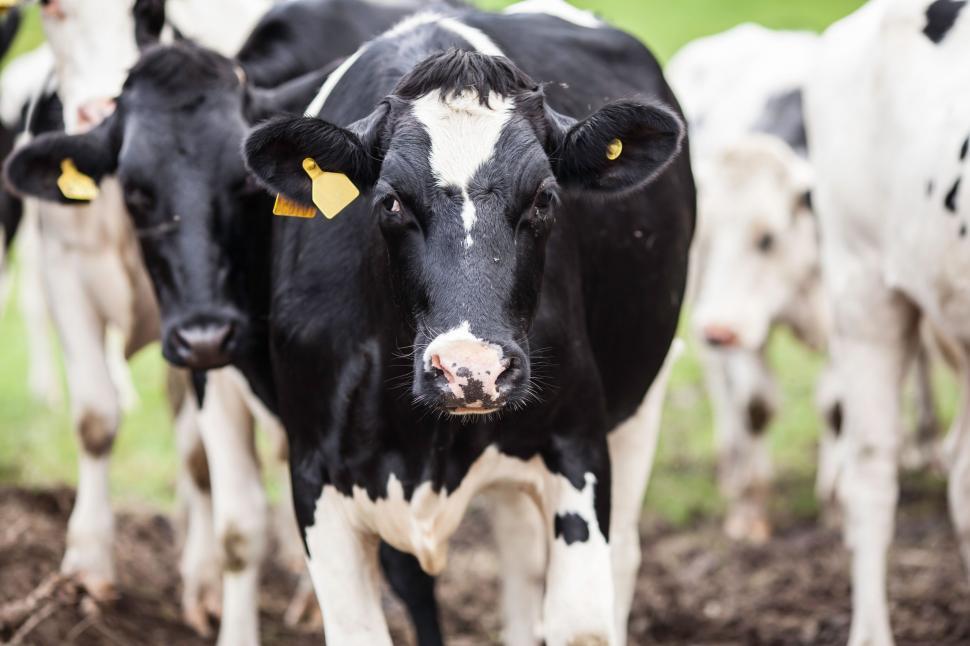
What Is Barbless Wire and How Is It Used?
Even if you’re not a fence professional, you probably know what barbed wire is. However, if you’re not involved in the fence industry, you might be wondering what barbless wire is.
Let’s take a look at what barbless wire is and how and when it’s used in the fence world.
What Is Barbless wire?
The first thing we need to cover when discussing barbless wire is what this product actually is.
If you’ve ever seen double-strand barbed wire, you know that it’s made of two long strands of wire that are twisted together, with shorter strands of barbed wire wound around the double-stranded core wire and cut to produce the barbs.
Barbless wire has the two long strands that are twisted together, but it does not have the barbs wound around that core.
Why Is Barbless Wire Made?
Every kind of wire (and plenty of other materials) has a specific tensile strength – which is the amount of pulling force that wire can be subjected to before it breaks.
We use different types of steel for wire in the fence industry, but even high-tensile wire can only take so much force before it breaks.
Winding two strands of wire together, as we do with barbless wire, increases the tensile strength of the wire product and makes it stronger.
What Is Barbless Wire Used For?
Barbless wire is often used in agriculture, particularly for pastures and fields that are home to animals that have thinner skins that might be damaged by the barbs on barbed wire.
Barbless wire can also be used for other applications, including being tied to an overhang extension that will have razor coils installed. Since the razor coils have blades anyway, the barbs on the barbed wire might not be necessary.
Barbless wire can also be used for any other application where your wire will be under greater than normal tension because it is stronger and can take more force.
How Is Barbless Wire Sold?
Barbless wire is usually sold in spools or rolls, like barbed wire. This allows them to be deployed and installed using equipment like a spinning jenny.
Like barbed wire, most barbless wire spools contain 1320 linear feet of wire.
Does Barbless Wire Come in Different Thicknesses and Finishes?
Yes. Barbless wire is available in a variety of wire gauges or thicknesses, and it is also available in both ordinary and high-tensile versions. You can also select the level of galvanizing on your barbless wire product, and you might even be able to find PVC-coated versions.
How Is Barbless Wire Installed?
Barbless wire is installed in much the same way you would install barbed wire. On agricultural fences, the most common option is to use barbed staples to fix the barbless wire to your wooden fence posts.
On other kinds of fencing, you might use different kinds of brackets or fixing options for your barbless wire, and you might also use different methods to tension your wire.
What Are the Benefits of Barbless Wire?
Barbless wire is usually easier to install because you don’t have to be careful of the barbs, which makes things a little faster and simpler.
Barbless wire will also not injure people or livestock when installed, so if that’s an important factor, this is a good alternative to barbed wire.
Where Can You Get Barbless Wire?
Sometimes, you can buy barbless wire directly from the manufacturer, but that usually only applies if you are buying large quantities.
Many fence companies will carry barbless wire or will be able to get it for you when you need it.
Barbless wire is also usually stocked by agricultural supply stores and co-operatives, so you should be able to find it there.


